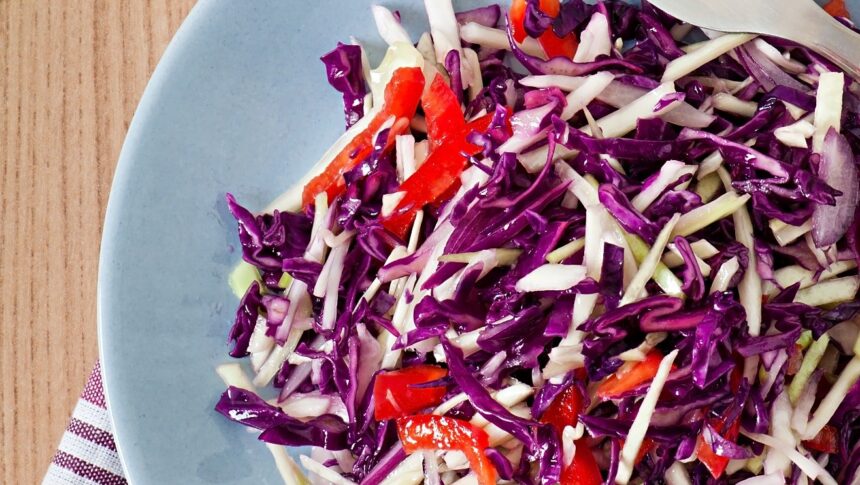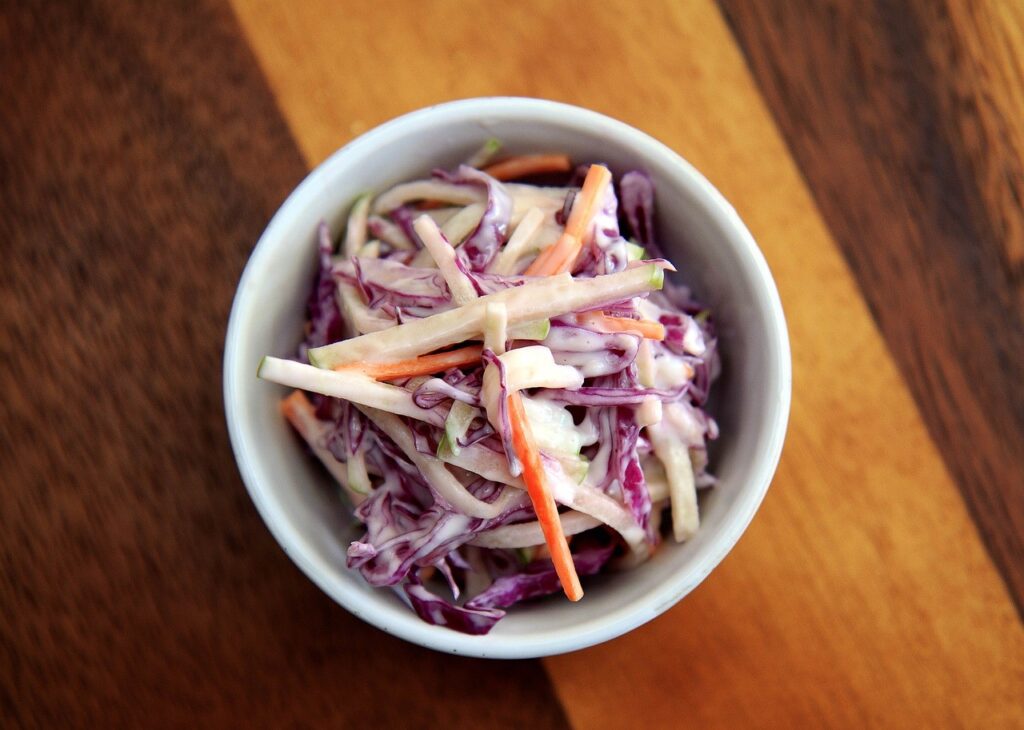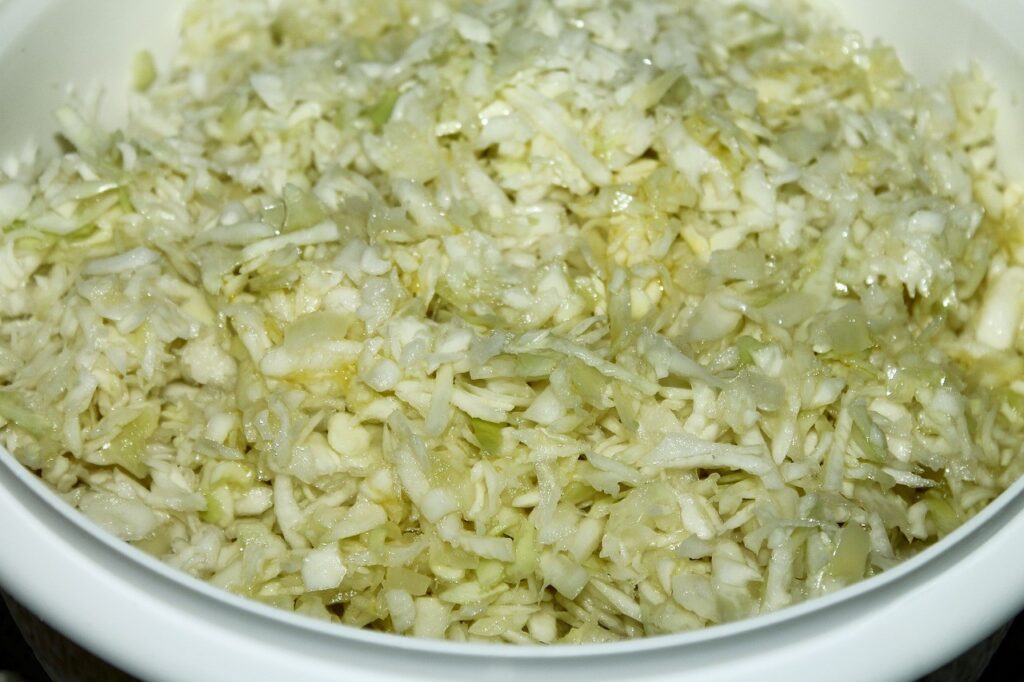Coleslaw

Origin:
Coleslaw has its origins in Dutch cuisine, with the term “coleslaw” derived from the Dutch word “koolsla,” meaning “cabbage salad.” The dish became popular in the United States in the 18th century, evolving over time into the various versions we enjoy today, particularly as a side dish for barbecues and fried foods.
Cooking Method:
Coleslaw requires no cooking; it is prepared by mixing fresh ingredients. Cabbage and carrots are shredded and combined with a dressing, which can be creamy or vinegar-based, depending on the variation.
Famous Variations:
1. Southern-Style Coleslaw: Often features a creamy dressing made with mayonnaise, sugar, and sometimes buttermilk, resulting in a sweeter and richer flavor.
2. Vinegar-Based Coleslaw: Typically lighter and tangier, this variation uses vinegar and oil as the dressing, often including mustard or spices for added flavor. It’s popular in regions like the Carolinas.
3. Asian Coleslaw: Incorporates ingredients like sesame oil, soy sauce, and ginger, sometimes including other vegetables like bell peppers and green onions.
Cooking Time:
Coleslaw can be prepared quickly, usually in about 10-15 minutes, making it a convenient side dish for meals.
Key Ingredients:
- – Cabbage: The primary ingredient, usually green cabbage, but red cabbage can also be used for color and flavor.
- – Carrots: Shredded or julienned, adding sweetness and crunch.
- – Mayonnaise: Common in creamy versions, providing richness and a smooth texture.
- – Vinegar: Used in vinegar-based recipes, contributing tanginess and balancing flavors.
Famous In Which Area:
Coleslaw is popular throughout the United States and is particularly associated with Southern cuisine. It’s a staple at barbecues, picnics, and potlucks, often served alongside fried chicken, pulled pork, and other hearty dishes.


There are currently no comments.